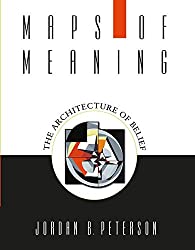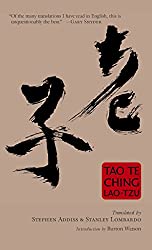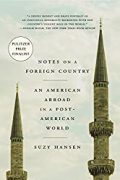
Rating: 6.6/10.
Jordan Peterson’s first book, written in 1999, two decades before he became famous and wrote “12 Rules for Life“. This one is over 400 pages and is a lot more dense, although not written for academic philosophers. The basic theme is that mythology should be studied as a representation of meaning, in an intermediate form where you’ve generalized past specific instances of a pattern, but haven’t yet abstracted to a point where you can state your values formally. Science is limited in that it can’t give you a value system, so you should look at mythology for how humans should behave.
In life, we are constantly trying to go from where we are right now, to where we want to be, through actions. There is a big difference between chaos and order: order is when we are able to predict and simulate the environment accurately; chaos is when we can’t, and we don’t know what’s going on. Chaos manifests emotionally as fear, anxiety, or hope, whereas order is boring. When something unexpected happens and we don’t have a plan of dealing with it, we are plunged into chaos. A lot of meaning in life comes from exploring the chaos and transforming it into order by understanding it.
A lot of mythology can be analyzed as representations of this relationship between chaos and order. Unfortunately, this is where I got lost: around 100 pages into the book, JP goes deep into Sumerian mythology that I’m not familiar with. He analyzes how creation myths of different cultures support his interpretation of meaning. I roughly understand what he’s saying from watching his lectures, but it’s hard to follow without knowing the background material.



